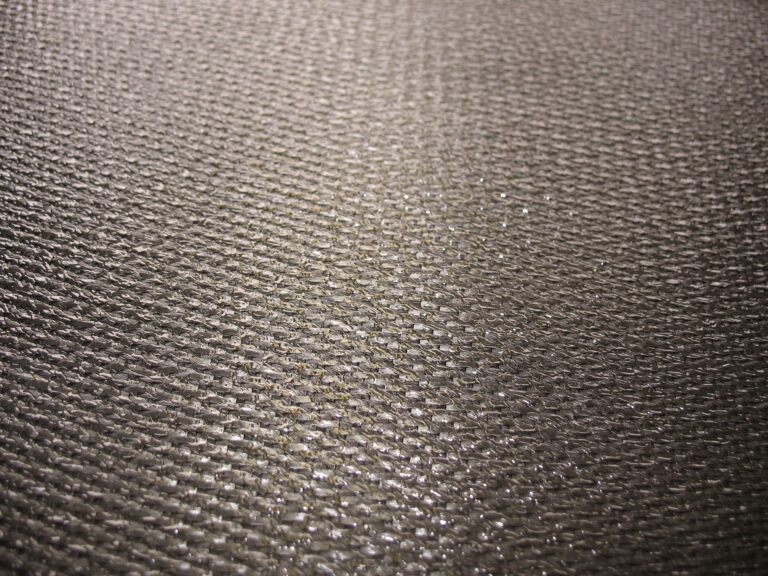Is Mold Making You Sick? Common Signs and Symptoms, Plus Natural Remedies That Work
Mold is a type of fungus that grows in damp or wet areas. It can be found both indoors and outdoors, and it comes in many different colors and shapes. While mold is usually harmless, some types of mold can cause health problems when people are exposed to them. In this blog post, we’ll explore the common signs and symptoms of mold exposure, as well as natural remedies for dealing with it.
Common Signs and Symptoms of Mold Exposure
The most common sign of mold exposure is respiratory problems. People who have been exposed to mold may experience coughing, sneezing, runny nose, congestion, wheezing, chest tightness, and shortness of breath. They may also develop skin rashes, hives, or other allergic reactions. Other possible symptoms include headaches, fatigue, memory loss, difficulty concentrating, irritability, depression, anxiety, and digestive issues such as diarrhea and bloating.
Natural Remedies for Mold Exposure
If you suspect that you have been exposed to mold, there are several natural remedies that can help alleviate your symptoms:
1. Essential oils – Lavender oil, peppermint oil, and tea tree oil have antifungal properties and can help clear up mold-related respiratory problems. Simply add a few drops to a diffuser or humidifier and breathe in the vapors.
2. Garlic – Garlic has strong antibacterial and antifungal properties. Eating raw garlic or taking garlic supplements can help boost your immune system and fight off mold-related infections.
3. Apple cider vinegar – ACV contains acetic acid, which has antimicrobial properties. Mix one tablespoon of ACV into a glass of water and drink it twice daily to help flush out mold toxins from your body.
4. Vitamin C – Vitamin C is an antioxidant that helps support the immune system. Take 500 milligrams of vitamin C three times per day to help combat mold-related illnesses.

Preventing Mold Growth in Your Home
To prevent mold growth in your home, follow these tips:
1. Keep your house dry – Moisture is what attracts mold, so make sure to keep your home dry at all times. Use exhaust fans in bathrooms and kitchens, open windows to let fresh air circulate, and fix any leaks or plumbing issues immediately.
2. Ventilate your attic and basement – These areas tend to be more prone to mold growth due to their proximity to soil and poor ventilation. Install a fan or open a window to allow for proper airflow.
3. Check your insulation – Wet insulation provides the perfect environment for mold growth. If you notice any moisture buildup around your walls or ceiling, check your insulation and replace if necessary.
4. Regularly clean surfaces – Wipe down kitchen counters, shower stalls, and other frequently used surfaces with a disinfectant cleaner to remove mold spores before they start growing.






